All the faces that I know: The Office, The Evanstonian
Illustration by Nora Miller
September 24, 2020
What makes an office an office? Is it the products? The work?
NBCs The Office gives a very simple answer to this question: the people. It is the people who make an office—or, perhaps, a school—a place people want to be. The people—the crazy, ridiculous, loving, annoying people—turn a collection of desks and computers into a home.
I first watched The Office at the start of my sophomore year, and in the two years since, few days have passed when I don’t watch at least one episode. I can’t count how many times I’ve rewatched the show. It is insurmountinable nor is it easy to explain what keeps me invested in the fictional lives of those at Dunder Mifflin. Yes, the character development is subtle yet remarkable, and the comedy is streets ahead, but that isn’t what keeps me invested. The source of my love is far closer to home.
This argument isn’t difficult to spot; it is the core of Michael Scott’s character. Michael is a man who has nothing in his life: he’s detached from his family, he has no friends and he constantly repulses others in his attempts to get close to them. Yet, he has his workplace acquaintances, who he views as his family and his best friends. While his dependence on this group (and their love of him) changes as he matures, the fundamental belief that “the people that you work with are just, when you get down to it, your very best friends” remains constant.
To explain what I love about The Office, we need to examine a different office and the kind, generous, people, who wake me up in the morning and keep me up late at night. that run it: S103, the heart of The Evanstonian. While sophomore year marked my entrance to Dunder Mifflin, it also marked the start of my connection with The Evanstonian. As I spent countless hours in S103, late at night, hours filled with ludicrous antics, countless carbs and lots of procrastination, I grew attached to the space and to the people who occupied it.
The essence of any office is the people who you work with. The people who you challenge to .2 mile long chair races, who you run to the vending machines with, who you share cookies and tea with, who you scream at and with, who you let get under your skin and who make an office worth working in. Michael understood this. Jim, Pam and Dwight understood this. Andy, Kelly and Creed understood this. The Office itself lays this fact bare in the final episode: “an ordinary paper company, like Dunder Mifflin, is a great subject for a documentary. There’s a lot of beauty in ordinary things. Isn’t that kind of the point?”
Over nine years, the workers of Dunder Mifflin built relationships that stood the test of time, which allowed them to find happiness and prosperity, that made Dunder Mifflin a great place to work – all because of the shared space in which they struggled and evolved.
Yet, Dunder Mifflin never changed. It was a place for the characters and for me to return to again and again—no matter what, no matter where, or who, or who I am with, or where I’m going, or where I’ve been—a perfectly static universe.
… But, what if Dunder Mifflin vanished overnight? What if S103 vanished overnight?
I never fully processed what was happening on March 14. I knew that the world would never be the same, but *gestures broadly.* How could any of us have expected this? The spring months passed with days that felt like years. Time devoid of any meaning, isolated to itself. The year drew to an end, and I continued to write for The Evanstonian, producing work that made me proud. But it was devoid of meaning.
The Evanstonian does great work, and I love the work that I do, but, compared to the people and the community, it’s nothing.
The Office is a show that requires interaction, requires the shared space.
The Evanstonian is a community that requires interaction, requires the shared space.
More than anything, I wanted “a way to know [I was] in the good old days before [I’d] actually left them.” I wish I knew that the world would change overnight; I wish I could return to the before times and do so many more things; I wish I could lay down at night and view longing, not as a loss, but as an opportunity.
Time eventually regained definition, but the community was still lost. The people and things I love required socialization that was now dangerous and forbidden. The summer passed, and the school year began anew, yet the same question remained: how can we build a community in this world?
This isn’t a question we know the answer to. No teacher, administrator or student knows how to build an in-person community in a digital world. Yet, I want to suggest something to carry forward into this new year and all those that follow: EMBRACE THE CHAOS. The world is chaotic, ever-changing, constantly in a state of flux. The goal is to embrace the flux, the ever-changing world. Find the people that matter to you, hold them tight, go through the chaotic world together understanding that things will never be the way they were before, yet knowing that “no matter how you get there, or where you end up, human beings have this miraculous gift to make that place home.” So we travel, ebbing and flowing with the tides of time, making places our home, goofing around in them when the currents are calm and saying goodbye to them when the time comes…. And it will always come.
Even Michael Scott, the man so committed to Dunder Mifflin that he announced that it was like “the hospital where he was born, my house, my old age home and my graveyard,” realized the truth that this too shall pass, that things must change.
But, this is a blessing. We have been blessed with the ability to create homes and leave them, to change ourselves rather than to see the world change around us. We may be scared of the world that we now face, but, like Michael, we must meet it “full of hope.”
Dunder Mifflin won’t be in my life forever, and The Evanstonian is no longer S103; but both still are. And I love them. I love talking about stories and interviews; I love meetings that grow absurd as the hours fly by; I love getting to know people I’ve known for years and people I’ve just met. The community isn’t the same; it has been sundered and marred, but it is.
It is.


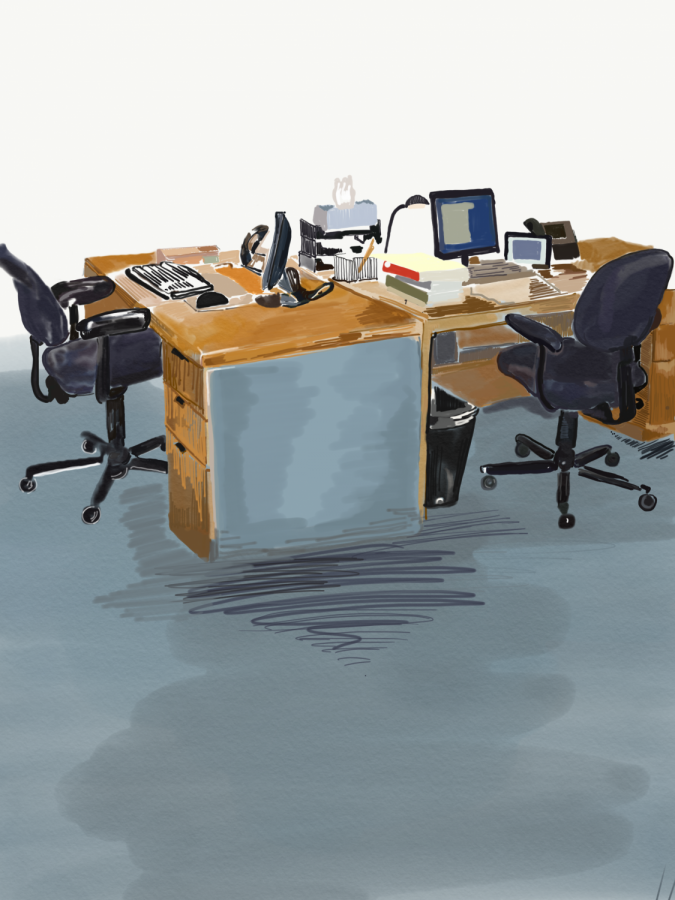
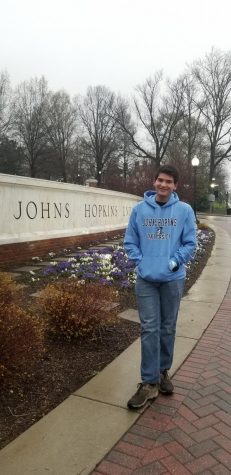






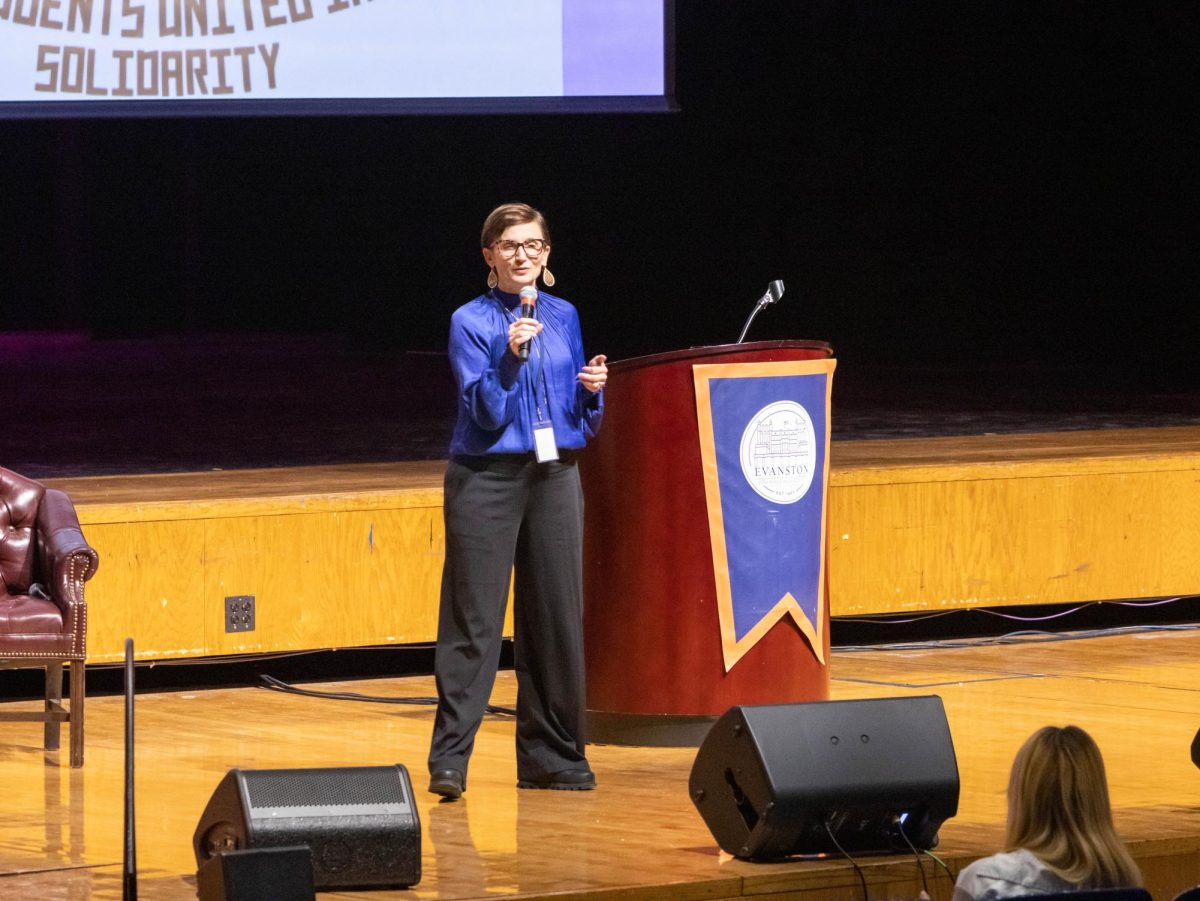
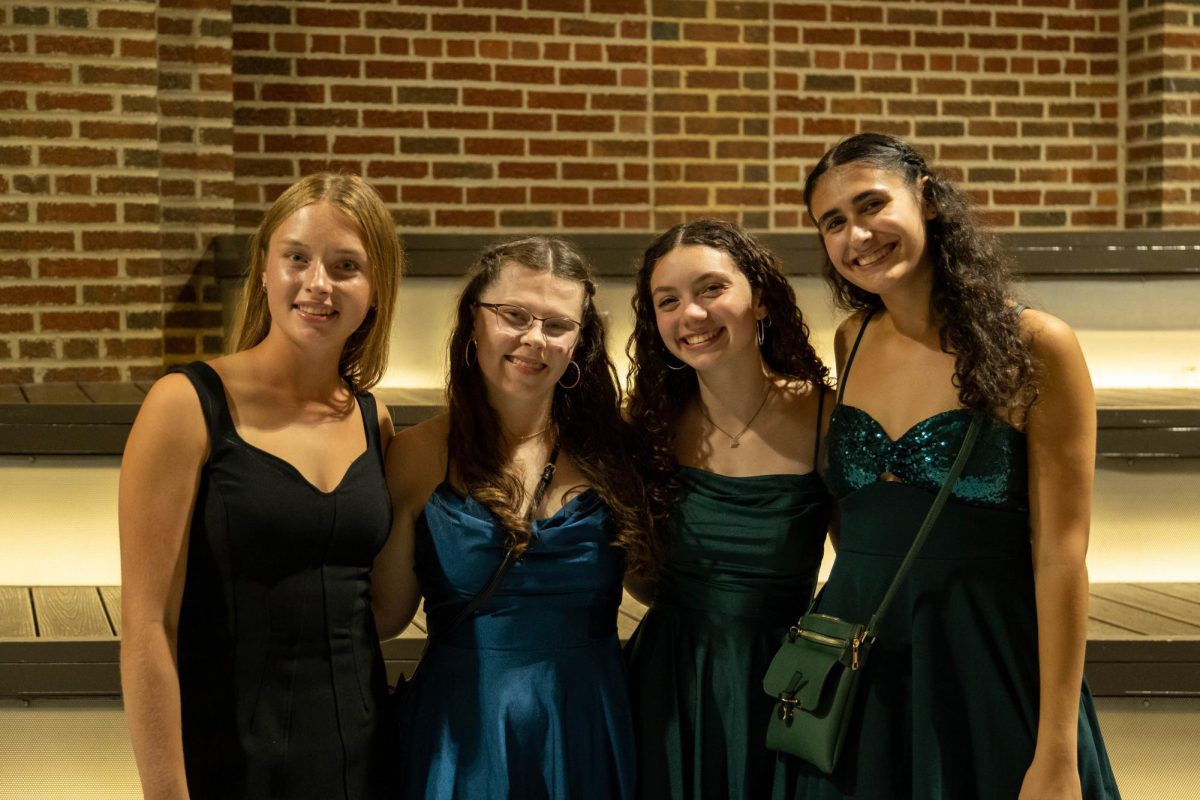
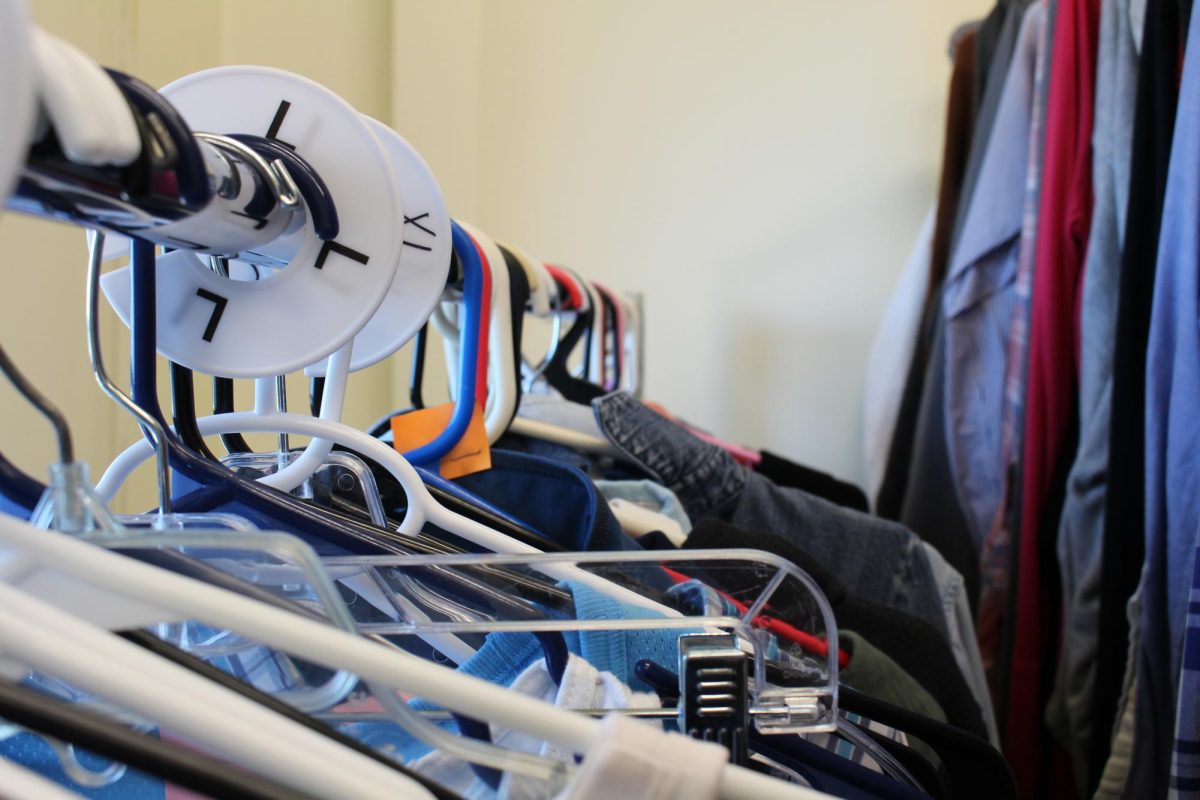
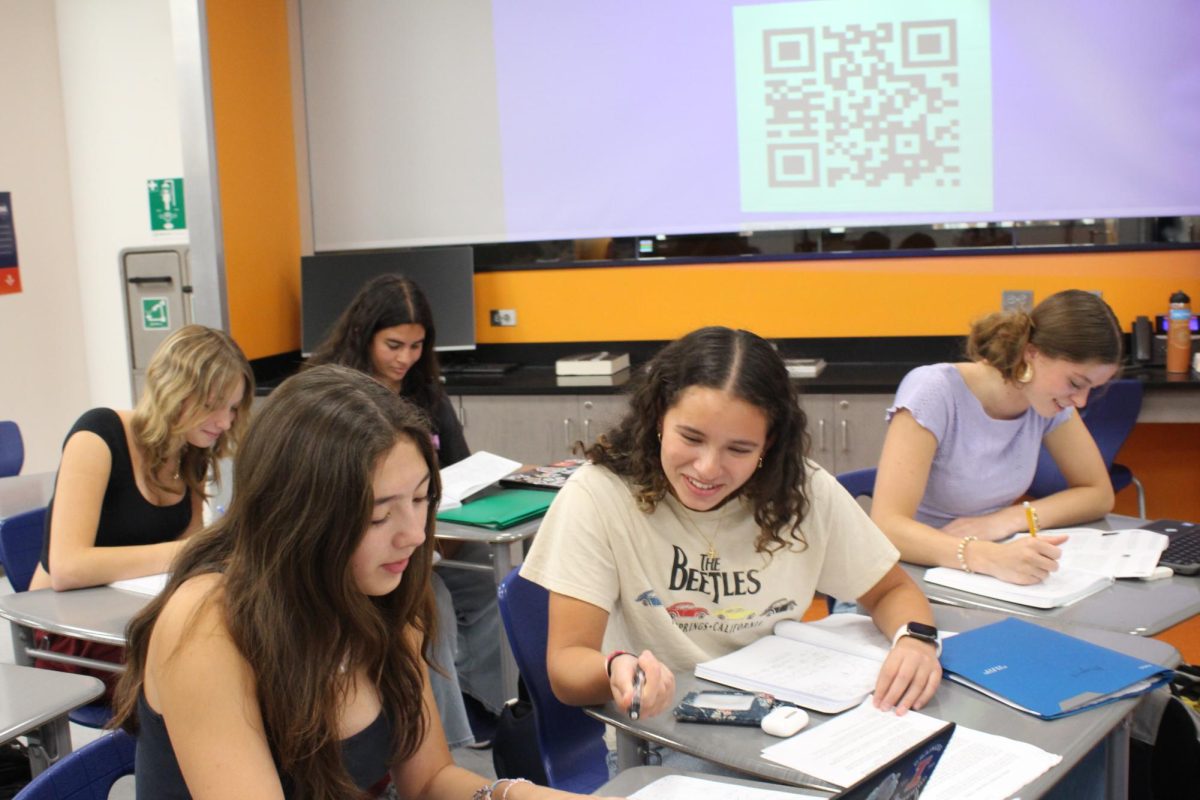
WendyK • Sep 26, 2020 at 11:35 am
This is such a beautifully written piece!